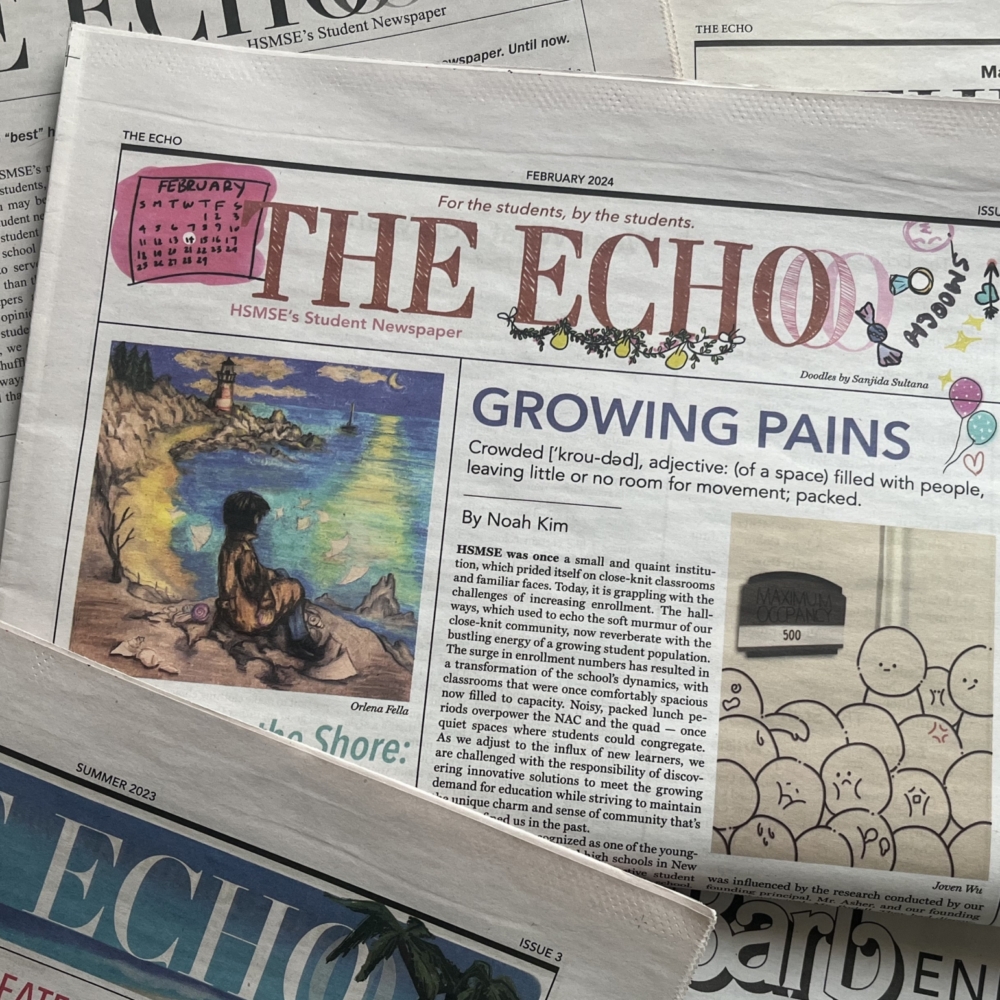The Greatest Guide To News Articles
The Greatest Guide To News Articles
Blog Article
Rumored Buzz on News Articles
Table of ContentsFacts About News Articles UncoveredNews Articles Things To Know Before You BuyFascination About News ArticlesThe News Articles StatementsThe 30-Second Trick For News Articles
Good understanding of various subjects provides trainees an one-upmanship over their peers. Despite the fact that digital and social media are easily easily accessible, we should not fail to remember how essential it is to check out the papers. Parents should attempt and inculcate the practice of reading a paper as an everyday routine to continue the legacy of the adored print medium.Information stories likewise contain at least one of the complying with important qualities family member to the desired target market: proximity, prestige, timeliness, human interest, quirk, or consequence.
Within these limitations, news tales additionally aim to be thorough. Among the larger and a lot more revered papers, justness and equilibrium is a significant aspect in offering info.
Newspapers with a global target market, for instance, often tend to make use of a much more official style of writing. The details selections made by an information outlet's editor or editorial board are often collected in a style overview; usual design guides include the and the United States News Design Book. The main goals of information writing can be summed up by the ABCs of journalism: accuracy, brevity, and clearness.
News Articles for Dummies
As a guideline, reporters will not use a lengthy word when a short one will certainly do. Information authors attempt to stay clear of utilizing the very same word more than once in a paragraph (occasionally called an "resemble" or "word mirror").
However, headings often leave out the topic (e.g., "Jumps From Watercraft, Catches in Wheel") or verb (e.g., "Cat lady fortunate"). A subhead (also subhed, sub-headline, subheading, caption, deck or dek) can be either a secondary title under the major headline, or the heading of a subsection of the write-up. It is a heading that precedes the major message, or a team of paragraphs of the major text.

Extra billboards of any of these kinds might show up later in the article (specifically on subsequent web pages) to attract more analysis. Such billboards are likewise used as reminders to the short article in other sections of the publication or website, or as promotions for the piece in various other publication or sites. Regular structure with title, lead paragraph (recap in strong), other paragraphs (details) and contact information.

Example of a hard-lead paragraph NASA is recommending another area job. The budget requests around $10 billion for the job.
The NASA statement came as the agency asked for $10 billion of appropriations for the task. An "off-lead" is the 2nd most important front web page information of the day. The off-lead appears either in the leading left corner, or directly listed below the lead on the right. To "hide the lead" is to begin the post with background info or details of second significance to the visitors, compeling them to read even more deeply into a post than they should need to in order to discover the essential factors.
Not known Factual Statements About News Articles
Typical use is that a person or more sentences each create their own paragraph. Reporters generally describe the organization or framework of an information story as an upside down pyramid. The necessary and most intriguing elements of a tale are placed at the start, with supporting info following in order of reducing significance.
It allows individuals to discover a topic to just the deepness that their curiosity takes them, and without the imposition of information or subtleties official statement that they might check my site consider unimportant, yet still making that details readily available to a lot more interested readers. The upside down pyramid structure also makes it possible for articles to be cut to any approximate size throughout design, to suit the area available.
Some writers start their tales with the "1-2-3 lead", yet there are lots of kinds of lead readily available. A twist can refer to multiple points: The last tale in the information broadcast; a "satisfied" story to end the program.
Longer articles, such as magazine cover articles and the pieces that lead the within areas of a paper, are called. Attribute stories vary from straight news in a number of ways. Foremost is the absence of a straight-news lead, most of the moment. Instead of offering the significance of a tale in advance, feature authors may try to tempt viewers in.
News Articles Can Be Fun For Anyone
An attribute's first paragraphs commonly associate an appealing minute or event, as in an "anecdotal lead". From the details of an individual or episode, its view rapidly widens to abstract principles regarding the story's subject.

The Editor's Toolbox: A Recommendation Overview my company for Beginners and Professionals (2001) Allan M. Siegal and William G. Connolly. The New York Times Handbook of Design and Use: The Official Design Guide Utilized by the Writers and Editors of the World's Many Authoritative Paper (2002) M. L. Stein, Susan Paterno, and R.
Report this page